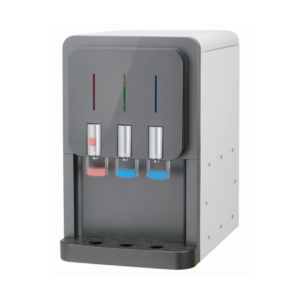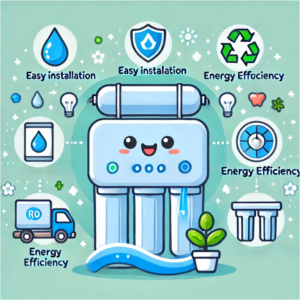How Often to Replace the RO Filters in Your Water Purifier?
Reverse Osmosis (RO) water purifiers are excellent for providing clean and safe drinking water, but maintaining their efficiency relies on one crucial factor—filter replacement. The RO filters in a water system play a vital role in removing impurities and ensuring the purity of your water. But how often should you replace them?
1. Understanding the RO Filters
An RO water purifier typically contains several filters, each with a specific role in purifying water. Here’s a quick rundown of the common filters in a standard RO system:
- Pre-filters (Sediment and Carbon): These protect the RO membrane by removing larger particles, chlorine, and other contaminants that could damage the membrane.
- RO Membrane: The heart of the system, this semi-permeable membrane removes dissolved salts, bacteria, and other tiny impurities.
- Post-filters (Carbon Filter): These give your water a final polish, improving taste and removing any residual odors.
2. How Often Should You Replace RO Filter?
Different filters have varying lifespans, and replacing them on time is essential to keep your system running optimally. Here’s a general guideline for when to replace each component:
- Sediment and Carbon Pre-filters: These should typically be replaced every 6 to 12 months. Over time, they get clogged with impurities, reducing water flow and protecting the RO membrane less effectively. Failing to replace these pre-filters could lead to membrane damage.
- RO Filter: The RO membrane has a longer lifespan and usually lasts between 2 to 3 years, depending on your water quality and usage. If your water contains a high level of contaminants, you may need to replace it sooner. A sign that your membrane needs replacing is a decrease in water flow or a noticeable change in water taste.
- Post-carbon Filter: The post-filter also needs replacing every 12 months to maintain the fresh, clean taste of your water.
3. Why Timely Replacement Is Important
Not replacing the RO filters on time can significantly impact the performance of your water purifier. Clogged or overused filters can reduce water flow, lower purification efficiency, and eventually damage the RO membrane, which is the most expensive part to replace. Neglecting regular maintenance may result in poor water quality, higher repair costs, and a shorter lifespan for your purifier.
4. How to Know When It’s Time for a Replacement
Many modern RO systems come with indicator lights or alarms that notify you when it’s time to change your filters. If your purifier doesn’t have this feature, keep track of your replacement schedule or consult your manufacturer’s manual. Additionally, noticing changes in water taste, odor, or flow are good indicators that your filters might need replacing.
5. Final Thoughts
Regular filter maintenance is key to ensuring your RO water purifier continues to provide clean, safe drinking water. By replacing your filters on schedule, you can extend the life of your system and ensure your family enjoys the best water quality possible.
Frontier is an authorized overseas distributor of several RO water purifier manufacturers. We provide RO water purifiers as well as RO filters for residential, commercial and industrial use. And we are able to offer favorable wholesale prices to overseas distributors/retailers. If you need more information, please fill out the comment form or send an email to: info@frontierdiscover.com


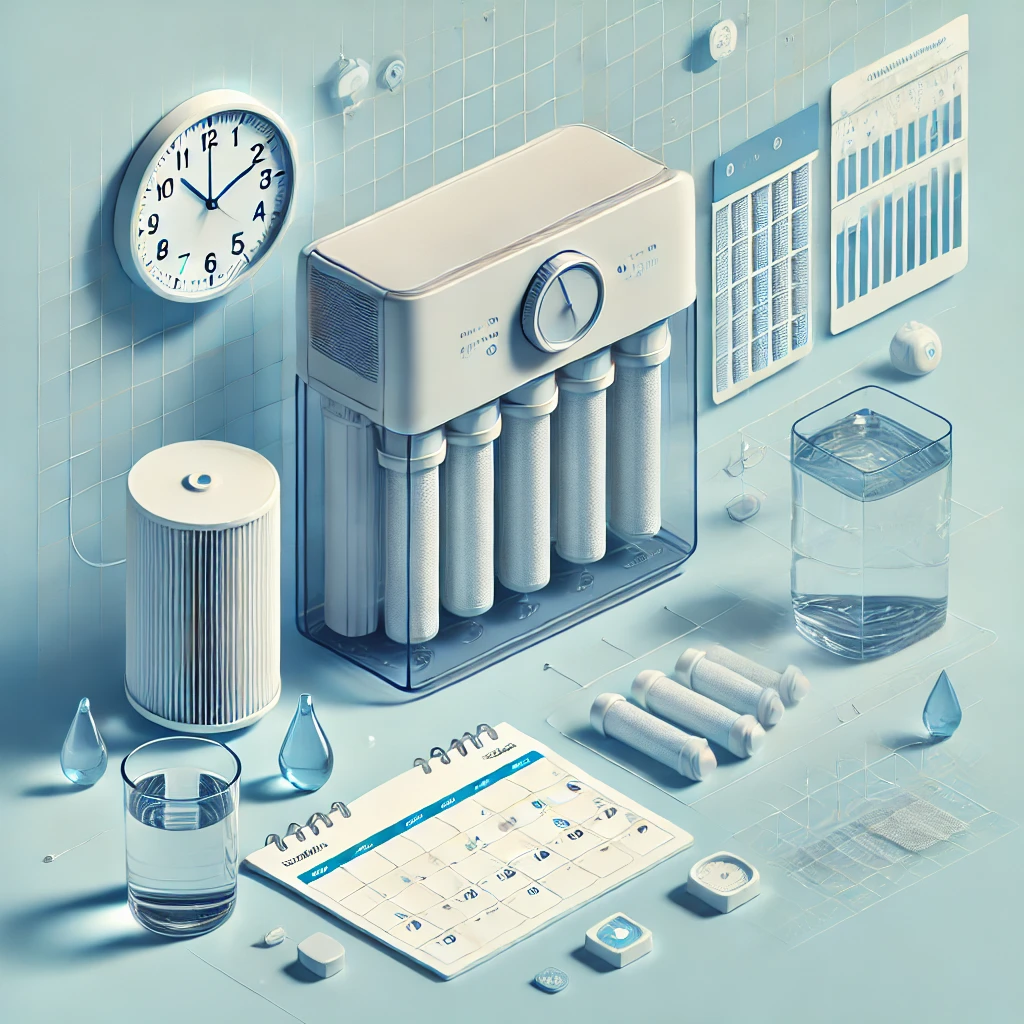
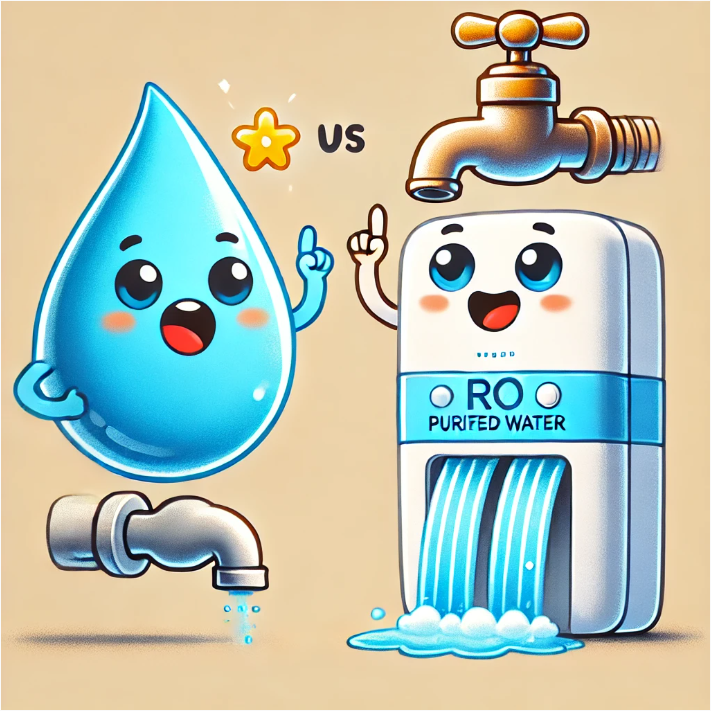
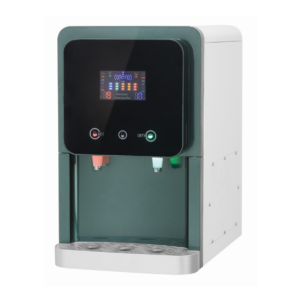
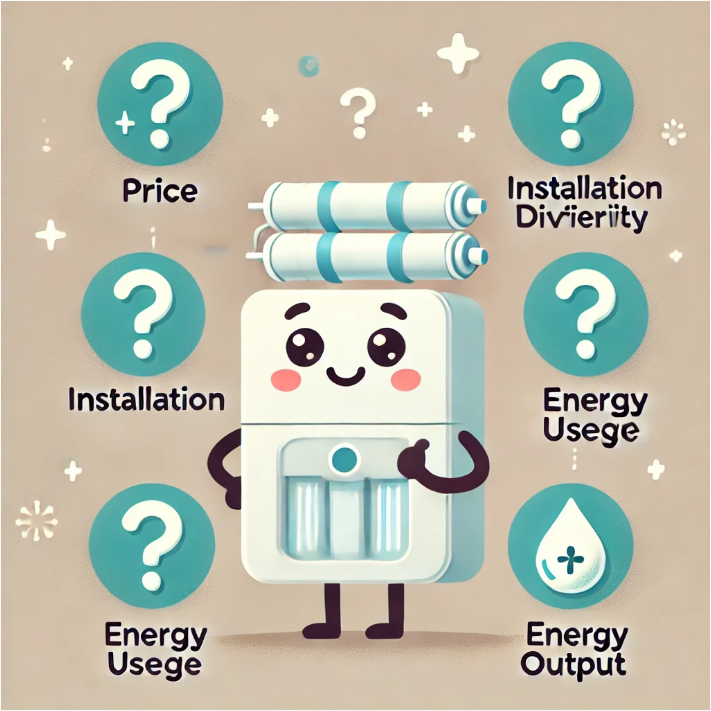
Komi-Bright-KB-C25R-100G-Electricity-free-Reverse-Osmosis-Water-Filter-System--300x300.jpg)
